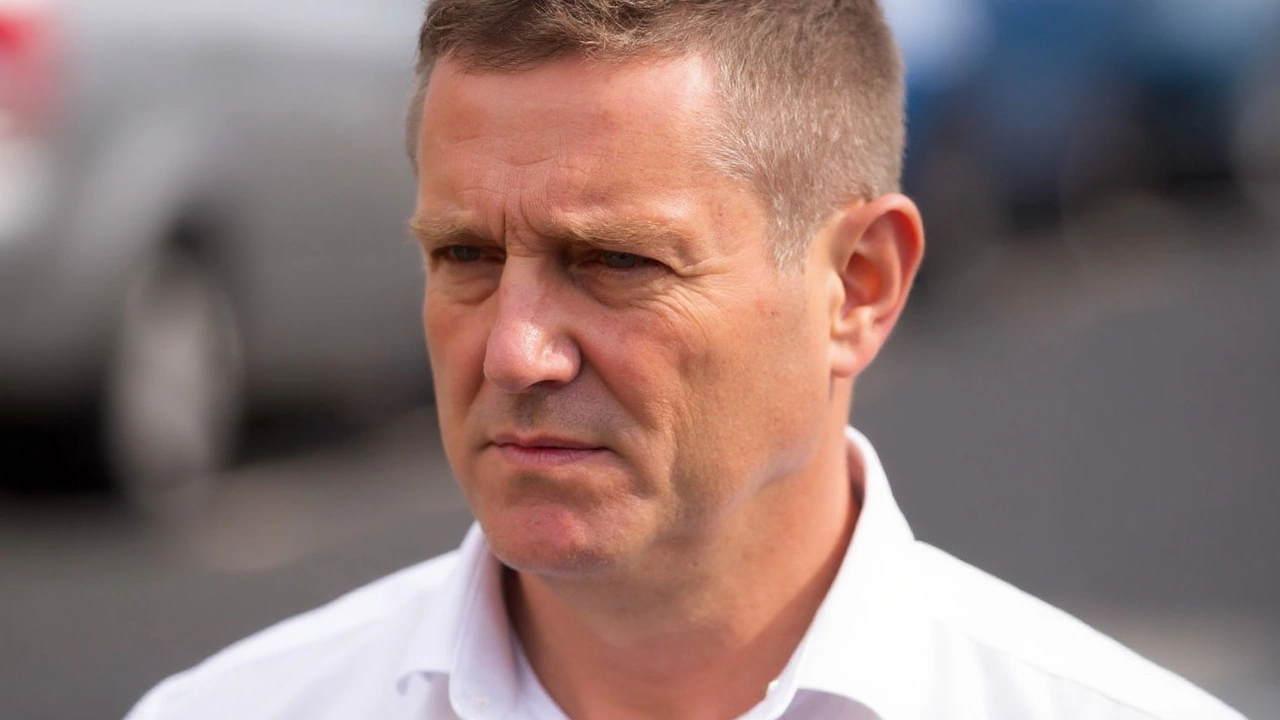Sexual Assault in Sports – A Straight‑Talk Guide
Sexual assault isn’t just a headline; it can happen on a field, in a locker room, or during a team trip. If you’re a player, coach, parent, or fan, knowing the basics can keep you safe and help you protect others. This guide breaks down what counts as sexual assault, why it matters in sports, and what you can do right now.
What Counts as Sexual Assault?
In everyday language people often downplay the term, but in sport it covers any non‑consensual sexual act. That includes unwanted touching, forced kissing, pressure for sexual favors, and any act that violates a person’s body or dignity. It also includes “grooming” – when an authority figure builds a special bond to manipulate a young athlete over time. The key is consent: if the person can’t say yes freely, it’s abuse.
Many incidents happen behind closed doors, so victims may feel embarrassed or fear retaliation. That’s why a clear definition matters – it gives everyone a common language to call out bad behavior.
How to Spot and Stop It
First signs are often subtle. A player might become withdrawn, avoid certain teammates, or miss practice without a clear reason. Coaches may notice a sudden drop in performance or a change in body language around a particular adult. If you hear rumors or see a friend being isolated, take it seriously – don’t brush it off as “just drama.”
When you suspect something, act fast but carefully. Talk privately with the person you think might be affected. Keep the conversation low‑key: “I’ve noticed you seem upset lately. Is there anything you want to share?” Let them lead the discussion and reassure them that they’re not to blame.
If they confirm abuse, encourage them to report it right away. Most sports clubs have a safeguarding policy or a designated officer – that’s the first point of contact. If the club’s response feels weak, you can reach out to national sport bodies, child protection services, or local law enforcement. Remember, reporting protects more than just the individual; it stops the abuser from harming others.
Prevention starts with education. Clubs should run regular workshops on consent, boundaries, and reporting procedures. Parents and coaches can model respectful behavior by setting clear expectations and speaking up when they see red flags. Simple policies like “no one should be alone with a minor without another adult present” make a big difference.
Support doesn’t end with a report. Victims need professional help – counseling, medical exams, and legal advice. Many charities offer free hotlines and online chat services for athletes. Sharing these resources on team notice boards and websites makes them easy to find.
Finally, look after your own mental health. Dealing with sexual assault, whether you’re a survivor or a bystander, can be heavy. Talk to trusted friends, seek therapy, or join a support group. Healing is a process, and you don’t have to go through it alone.
Sexual assault in sports is a tough topic, but talking about it openly saves lives. By knowing the signs, speaking up, and using the right channels, you help create a safer environment for everyone on the pitch. Keep these steps in mind, share them with your team, and make sure the game stays about skill, teamwork, and fun – not fear.
